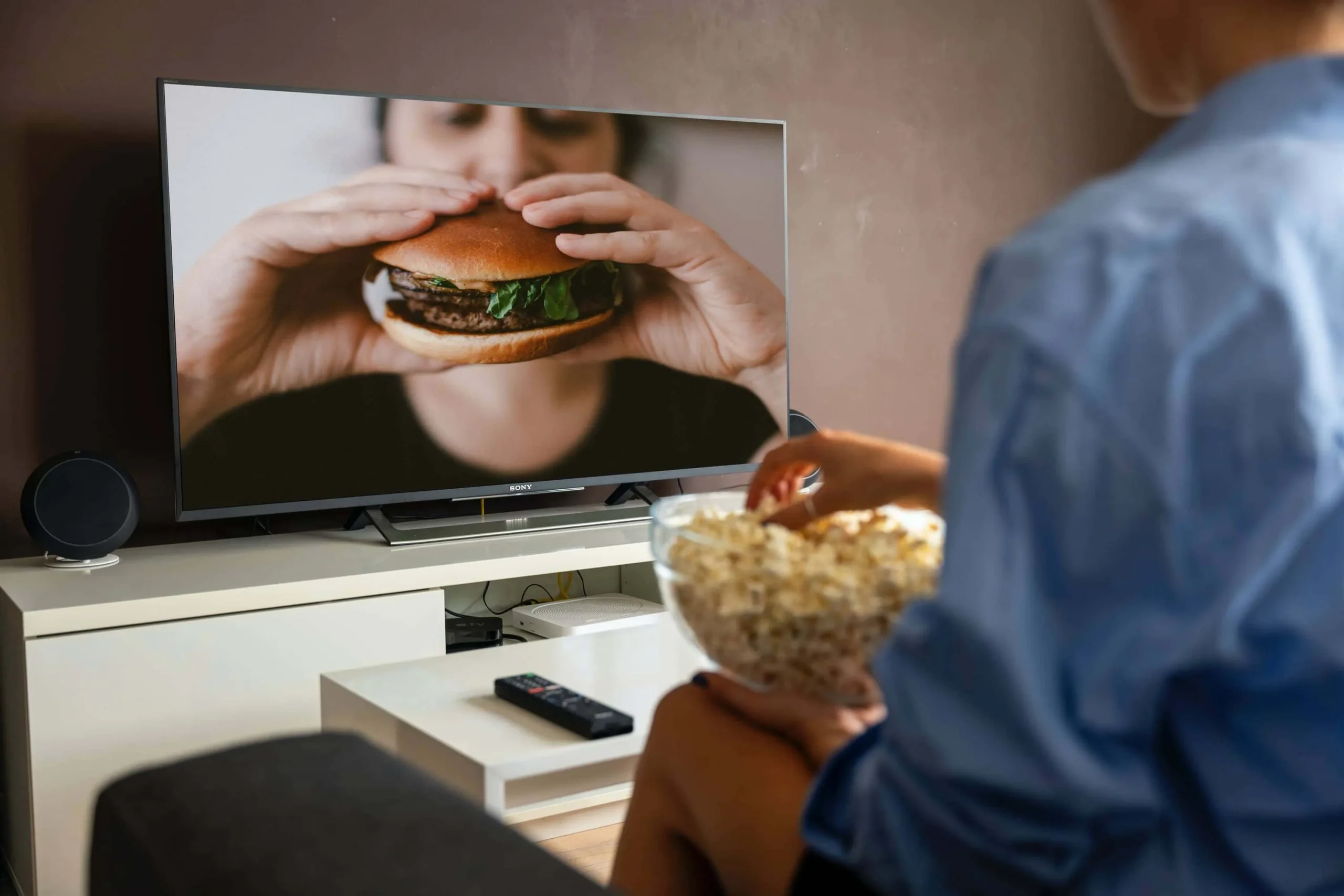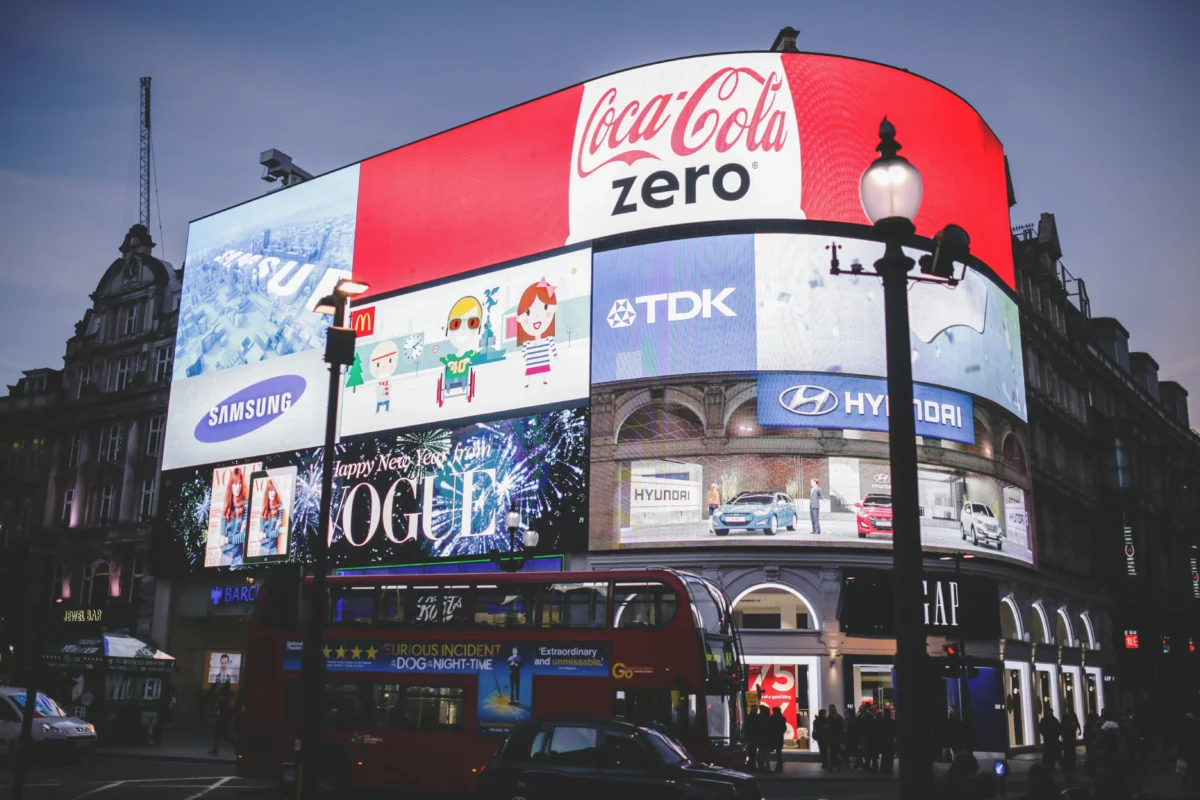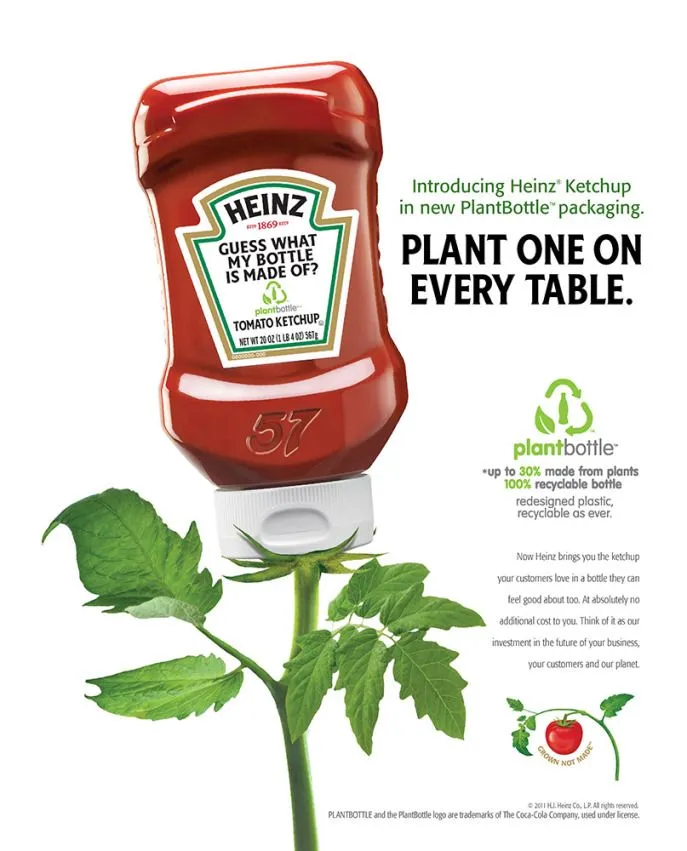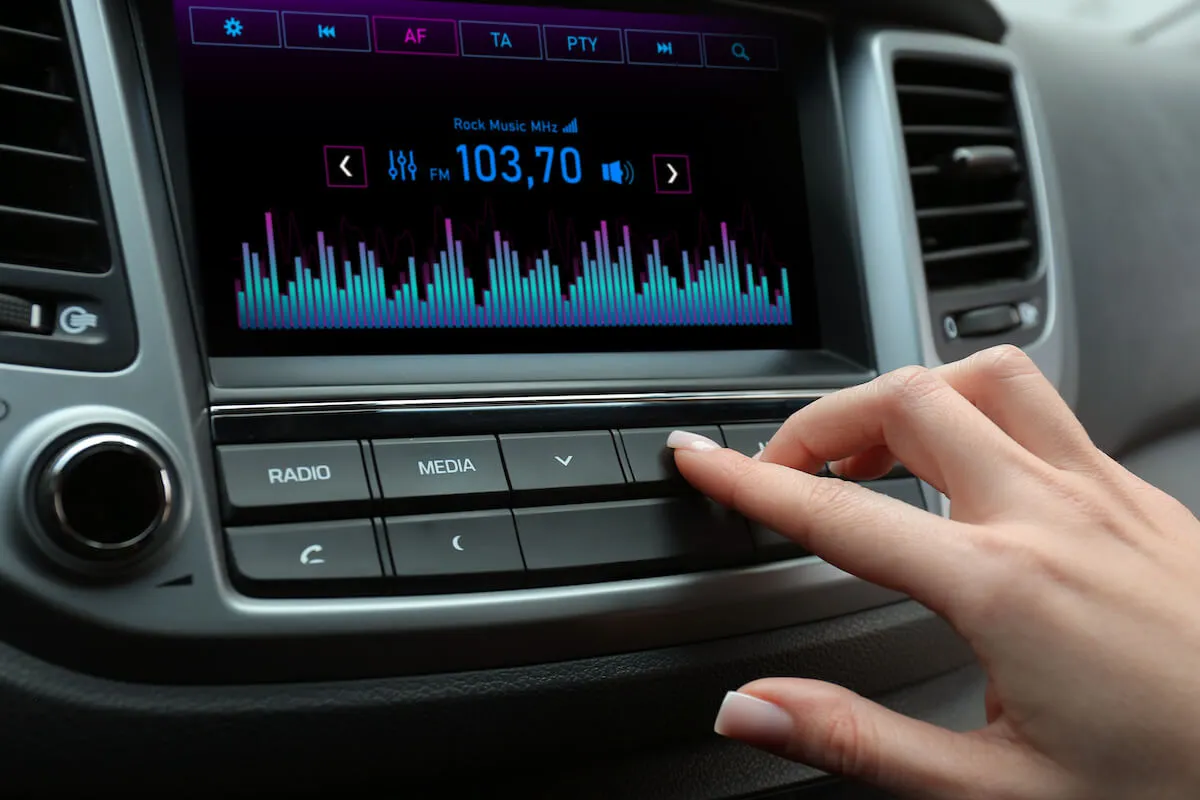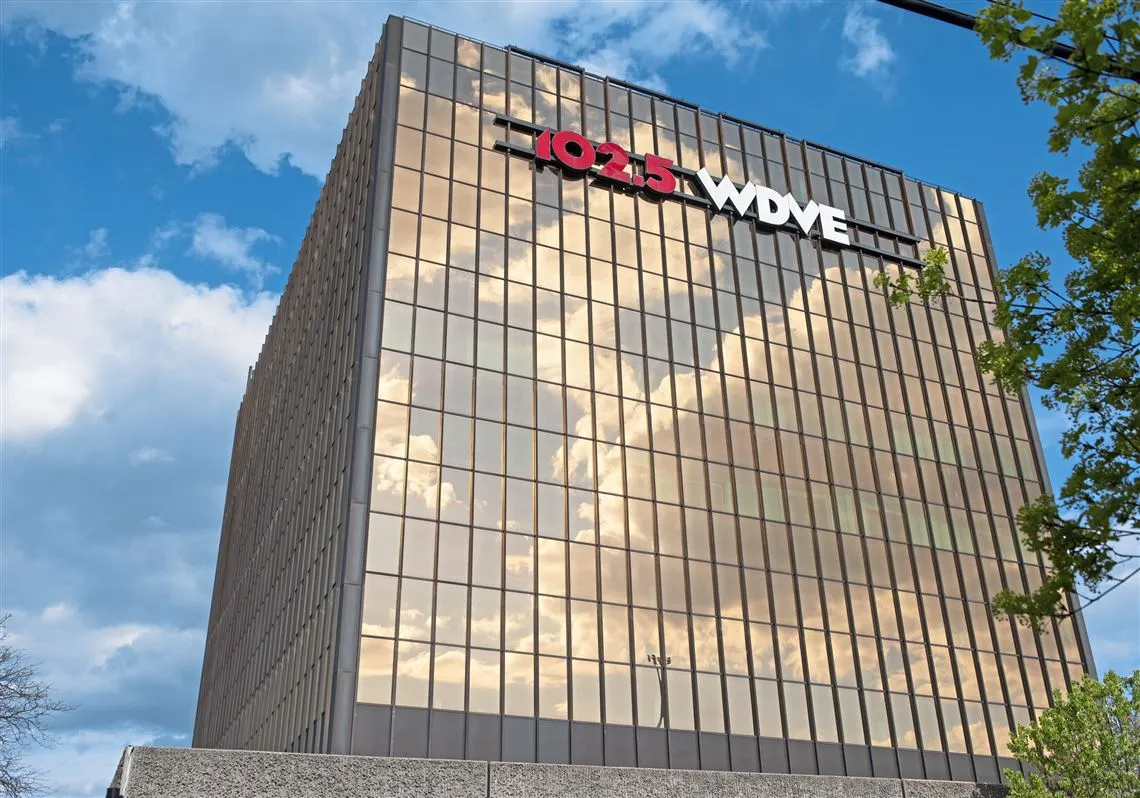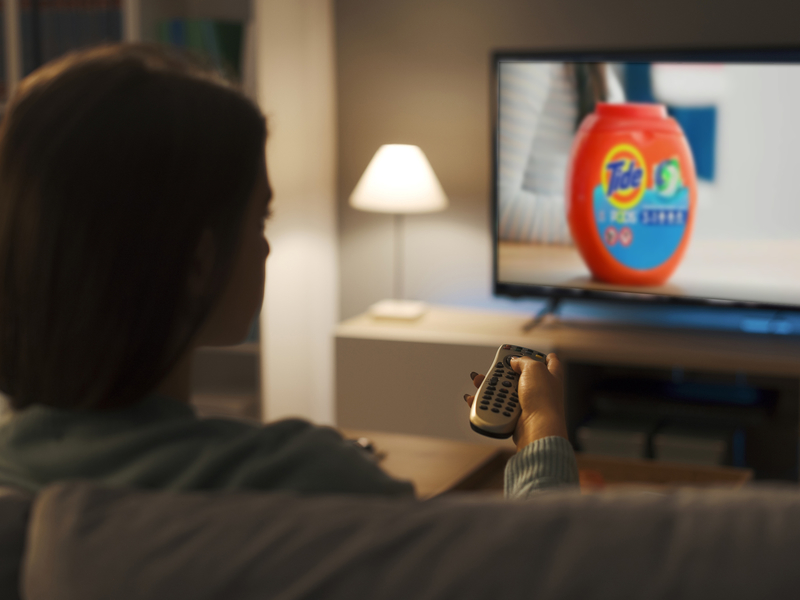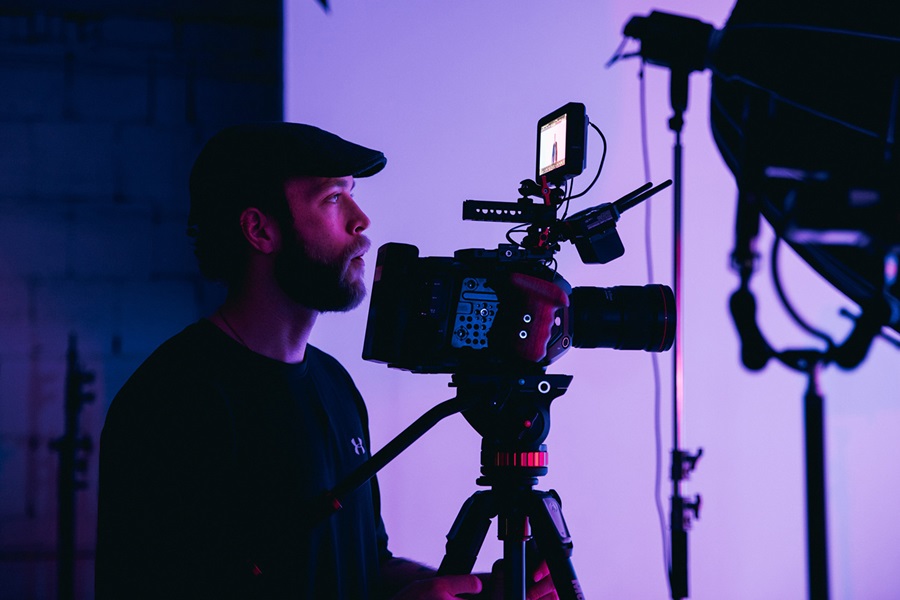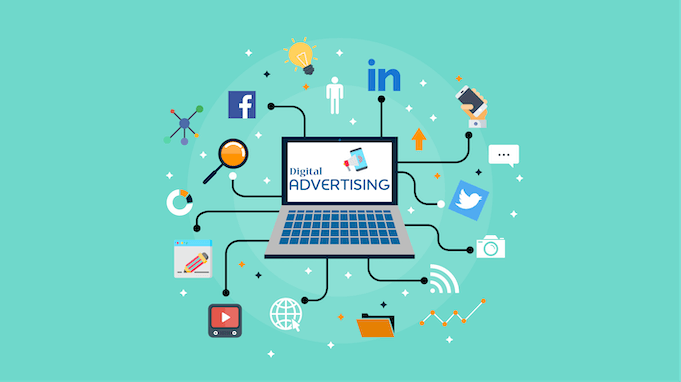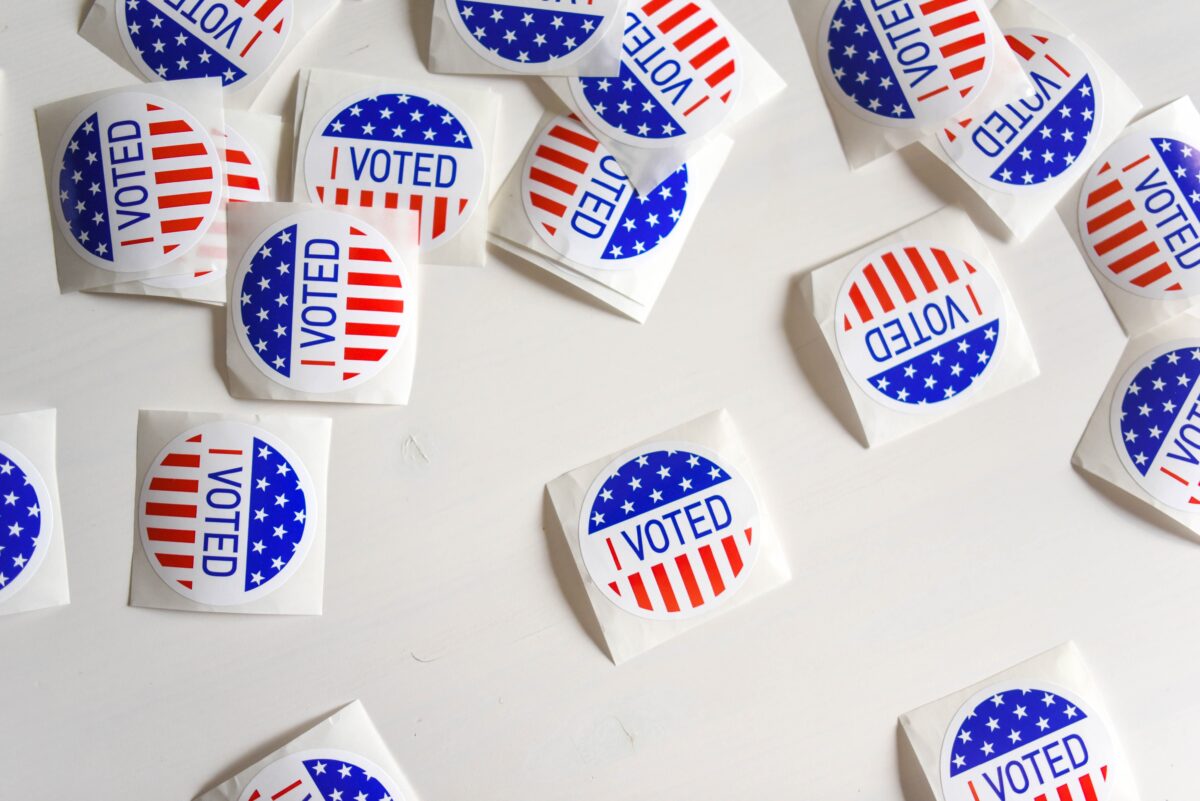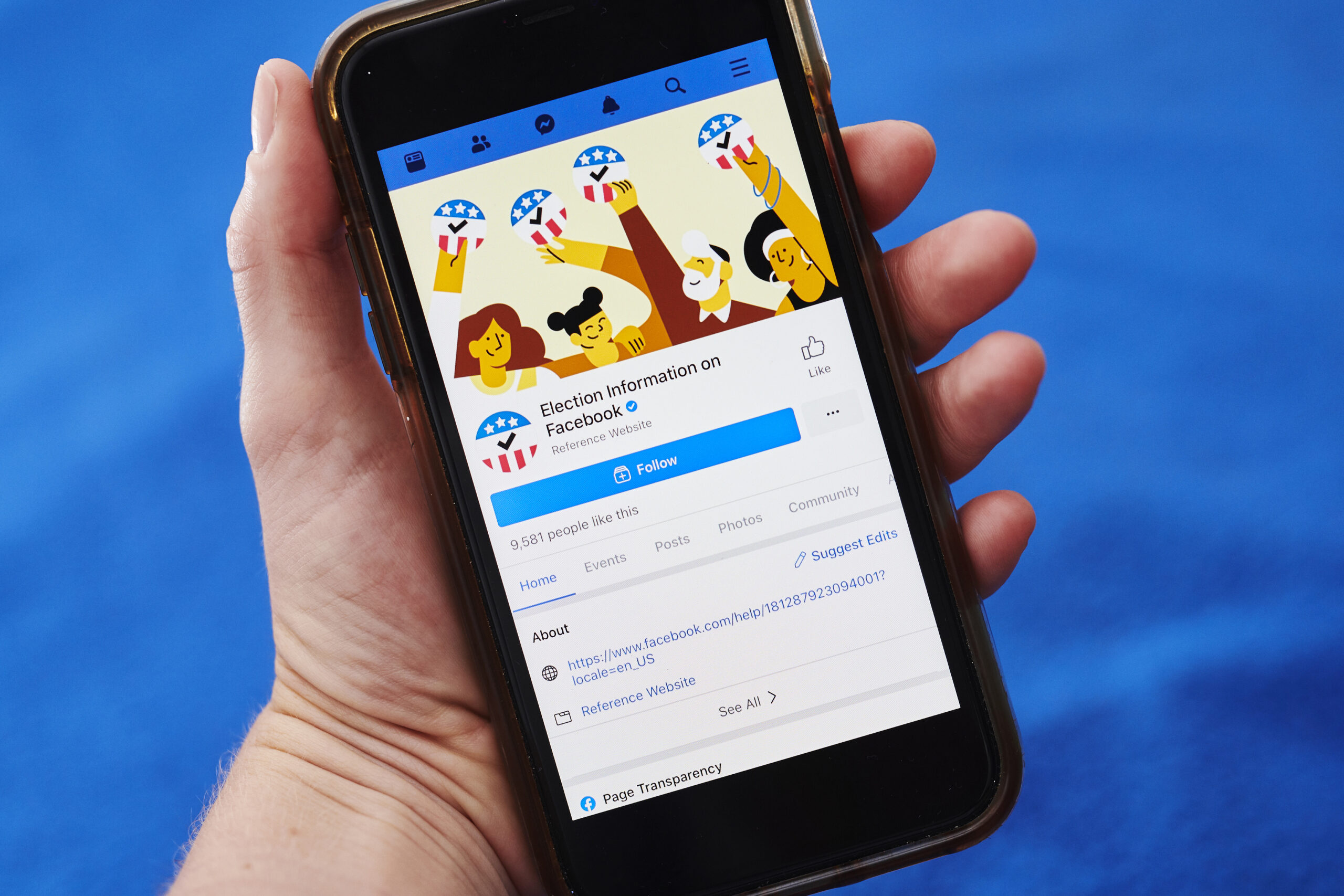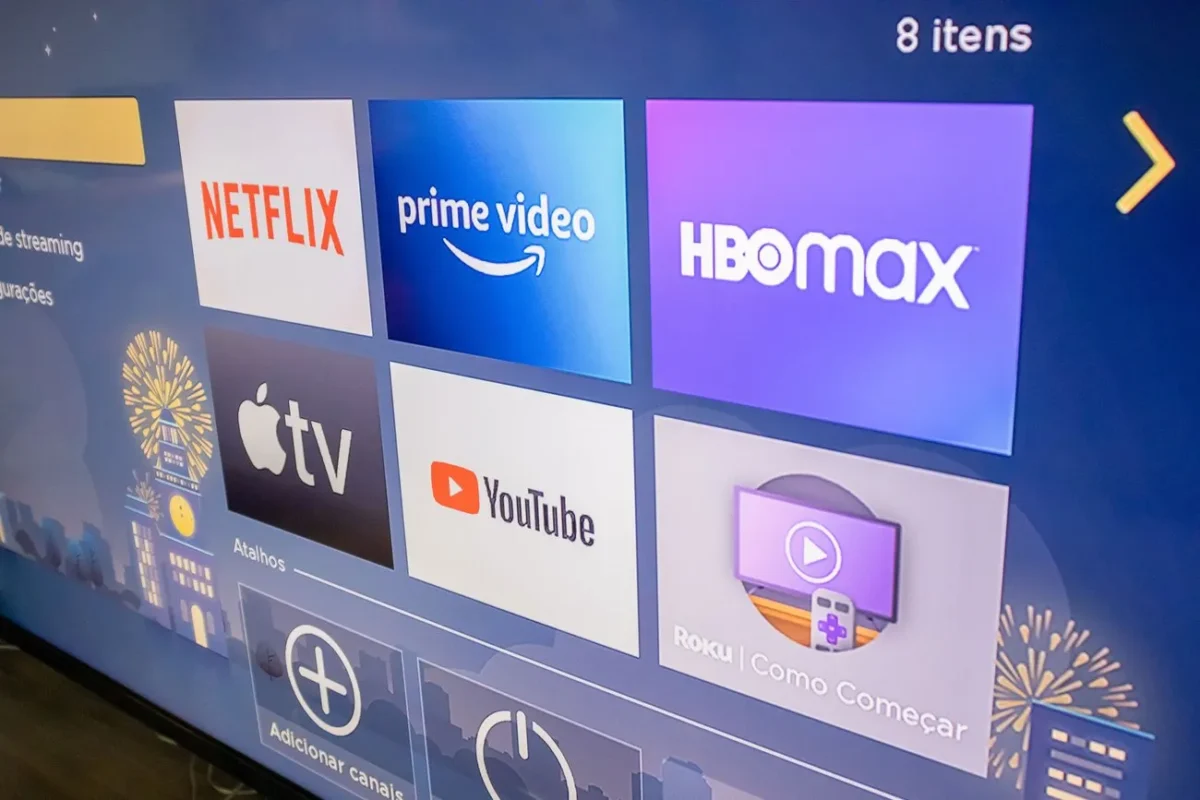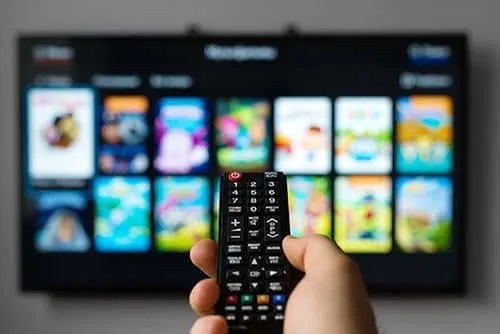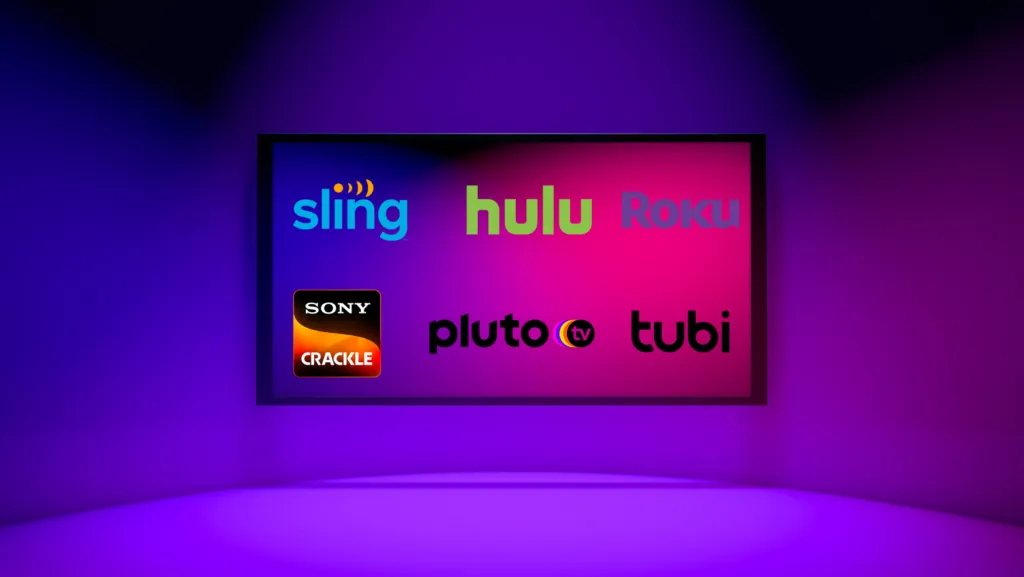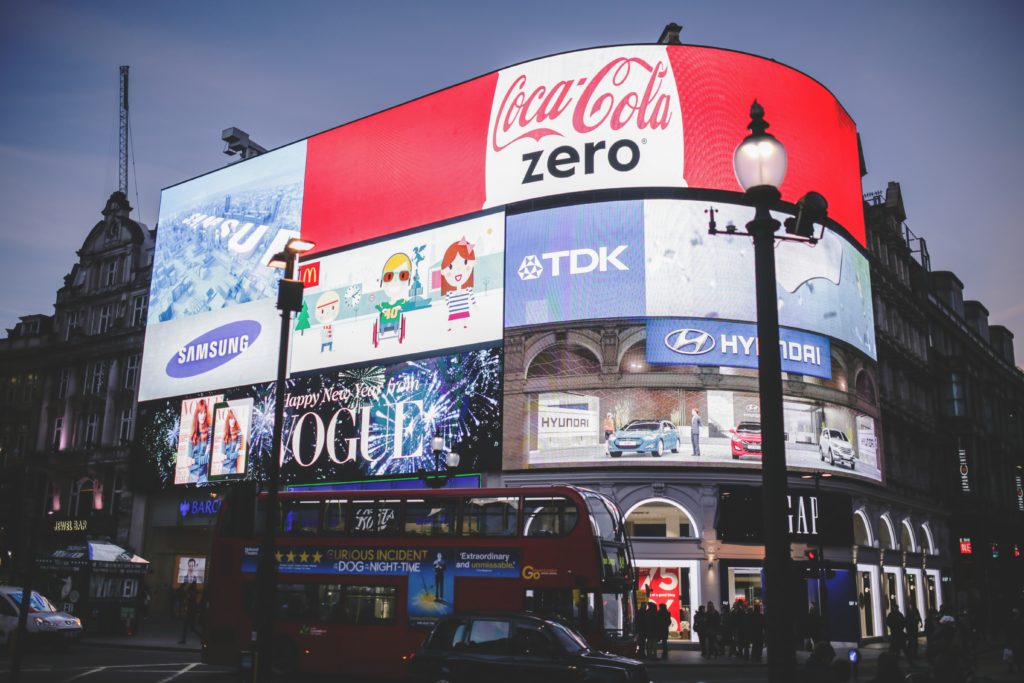With all the digital ads flooding our screens these days, who even picks up a newspaper anymore? But little do people know, that plenty of people still turn to the tried-and-true print papers for their news and info, citing reliability as one of the reasons.
But isn’t newspaper advertising the oldest form of advertising and so old-fashioned? Yes. But putting an ad in the newspaper can actually be an effective way to get your brand out there, especially to the older demographic that digital ads just can’t quite capture. Interested in learning more about newspaper advertising? Read our blog today about how to place an advertisement in the newspaper.
How To Place An Advertisement In The Newspaper
1. Understanding Newspaper Advertising Options
When thinking about newspapers, you might envision lots of text and a few images. While that’s partially true, newspaper advertising offers a variety of formats to suit different businesses. Here are the main types to consider:
Classifieds: These are short, text-based ads organized by categories, like Jobs, Real Estate, or Cars for Sale. They’re perfect for targeting people looking for specific products or services.
Display Ads: These ads are more visually striking, often featuring images or logos. Placed throughout the newspaper, they’re great for grabbing attention and boosting brand recognition.
Inserts: These are separate printed materials, such as brochures or flyers, tucked into the newspaper. They’re ideal for providing detailed information about promotions or offerings.
Online Ads: Many newspapers now have digital editions with ad space available. Online ads can reach a wider audience than print alone, offering additional exposure for your business.
2. Identifying Target Newspapers and Publications


Now that you know the different types of newspaper ads, the next big step is figuring out exactly where to place those ads. You don’t want just to throw a dart at a map – you need to do your research to zero in on the perfect publications.
A good starting point is looking at the local papers and city magazines around where your business operates or where your main customer base is located. But don’t stop there – you’ll want to dive deeper into who actually reads those papers. Understand the demographics like age, income levels, interests, and lifestyles. You want it to align with your ideal target market as closely as possible.
Another angle is exploring niche, industry-specific publications if you’re in a specialized field. For instance, if you own a sports equipment store, you’d want your ads running in athletic and dedicated publications. This will allow you to laser-focus your advertising efforts to maximize impact.
3. Setting Advertising Objectives and Budget
Before embarking on your newspaper advertising campaign, it’s essential to clearly define your advertising goals. This ensures you can develop the most effective strategies and allocate the appropriate budget to achieve your objectives.
So, what are your objectives for this particular campaign? Brand awareness and getting your name out there? Or a mix of branding and promotional efforts? Figuring out the objectives will clarify what strategies to take to get you there. Once you set your goals, you will also have a better understanding of the budget, which is a major deciding factor.


Different ad types and publications have different prices. For instance, a classified ad is typically more budget-friendly. If you have more flexibility on budget, an insert or catchy display ads will help you make a statement for your brand. Therefore, your strategy and budget will have to follow based on the goals you’d like to achieve. Start by narrowing down your objectives, then continue crafting your advertisement.
4. Designing and Crafting Your Advertisement
Let’s get down to the action–designing and creating your newspaper advertisement. So besides crafting the right message, focus also on the visuals, both of which, when combined successfully, can create the perfect newspaper ads that are compelling and appealing!
For the text, it’s all about maximizing impact with a limited amount of space. You need a headline that instantly grabs attention and persuasive wording that speaks directly to your target audience’s wants and desires. Rather than just listing features, really focus on the key benefits and what’s in it for the reader. And don’t forget a clear, hard-hitting call to action that leaves them craving more!
Regarding visuals, remember they’re more than mere images; they’re a powerful means of conveying your message. Carefully chosen visuals can effectively communicate the value of your product or service. Ensure you use high-quality graphics and images not only for attractiveness’s sake but also to maintain a professional appearance—anything less could tarnish your brand’s reputation. Get creative by blending images, logos, and text in captivating ways. The right combination can significantly enhance the overall visual appeal and impact of your advertising.
5. Contacting Newspaper Advertising Departments
Once you’ve chosen the newspaper for your ads, it’s time to contact them. Start by visiting their website to locate the contact information for their advertising representatives or managers.


Reach out to them via email or phone, introduce yourself courteously and professionally, and request a meeting. When preparing your pitch, ensure it’s comprehensive and not vague. Include essential details about your advertising campaign, such as your brand’s identity, target audience, the type of newspaper advertisement you’re interested in, and your desired timing/schedule for the ads. The representative will likely want to review the actual ad creative to ensure it aligns with their guidelines, so have a polished copy of the ad ready to share. Don’t hesitate to ask any questions you may have to better understand the process before proceeding to the next step.
6. Negotiating Ad Placement and Rates
Now, it’s time to discuss the price for your ad request. If the quoted price doesn’t meet your expectations, don’t hesitate to negotiate, especially if you’re considering a long-term ad run. Ad representatives are often open to offering discounts and deals.
Explore the available options, such as bundled offers, which typically include multiple ad placements across various newspaper sections. These deals can provide discounted rates while still offering favorable placement options.
Be willing to consider adjustments to meet your budget requirements. This may involve accepting placement in different sections of the newspaper or on other pages to secure a more favorable rate. Remember to maintain a positive relationship with the representatives, even if a deal isn’t reached. Building and maintaining rapport can positively influence future negotiations, potentially leading to better outcomes down the line.
7. Reviewing Ad Proof and Finalizing Details
Reviewing the ad proof is of utmost importance before sending your ad out to the public. It’s the final check to ensure everything is polished perfectly. Here’s how to approach it:
Check Content Accuracy: Review the ad proof to ensure all information is accurate. Is everything you want included? Look for typos or errors in the content that need fixing.
Assess Visual Elements: Verify that the visual elements look crisp and engaging. Ensure they align with your brand and effectively grab attention.
Seek Feedback: Get a fresh perspective by having colleagues review the ad copy. They may spot errors or inconsistencies that you missed.
Approve for Publication: Once satisfied with the final copy and any revisions made, you may submit it for publication.
8. Submitting and Scheduling Your Advertisement
After your newspaper ad design is finalized and ready to go, it’s time to submit and schedule it for publication.
First, you’ll want to contact the advertising department of your chosen newspaper. Contact them and discuss when exactly you want your ad to run. Be prepared with some target publication dates or time frames in mind.
Before sending over your materials, make sure you clearly understand their submission requirements. There are usually guidelines around issues like file formats, dimensions, and resolution—little technical details that can be a setback if you don’t have them right. You don’t want to waste time going back and forth because a dimension was off by an inch.
Once you’ve figured it all out, you can submit your print-ready ad files directly to the advertising rep, usually by email or through an online portal they have. Double-check that they received everything correctly.
From there, the newspaper will typically send over a digital proof so you can review it one final time before approving. You want to make certain the ad looks perfect and matches your vision. Once everything looks good, it’s ready for publication!
9. Monitoring and Analyzing Ad Performance
Publishing your ad copy is just the beginning of the journey, not the end! The real work continues as you track its performance to understand what’s effective and what needs improvement for future campaigns.
Monitoring and analyzing ad performance is akin to a learning process and experience. It provides invaluable insights into the effectiveness of your advertising strategy, highlighting areas of success and areas for enhancement. Therefore, it’s crucial to track performance metrics diligently and leverage them to make data-driven adjustments.
You can optimize your advertising efforts for greater impact and success by continuously refining your approach based on performance data.
End Note
So, to recap on how to place an advertisement in the newspaper, you have to understand the different ad types out there – the small classifieds, the splashy display ads, and those insert flyers that get tucked into the paper. Get clear on your objectives too – are you going for brand awareness or trying to drive sales leads?
Then, you need to identify the perfect newspapers and magazines for your specific targets. Once you’ve nailed down the proper channels, it’s all about crafting compelling ads that will grab attention and resonate with your audience. And, of course, you’ll want to keep close tabs on performance to double down on what’s working. Do it right, and newspaper advertising can be an incredibly powerful addition to your overall marketing arsenal and media mix.
Get your marketing effort to the next level by involving Nartak in your next campaign! Our team lives and breathes advertising across all channels and mediums—including newspapers. We know all the tricks of the trade to maximize your ROI and crush those marketing goals through strategic campaigns.








